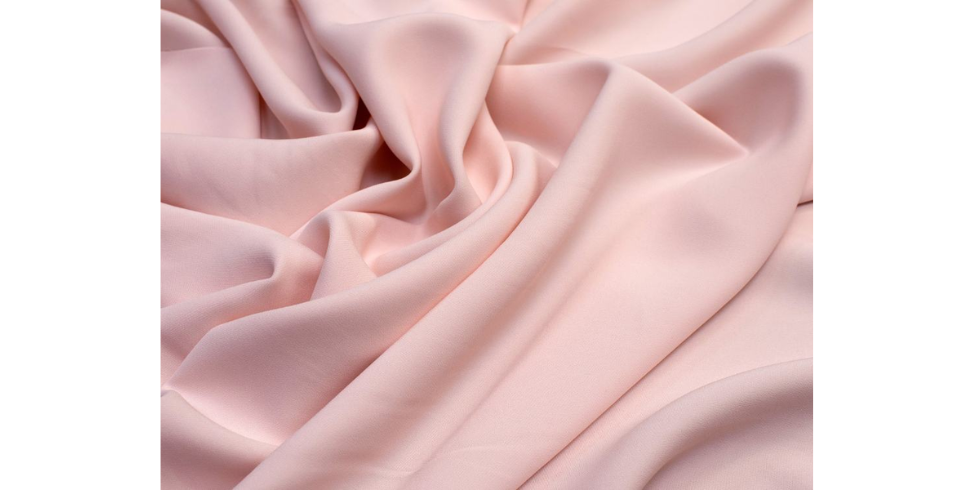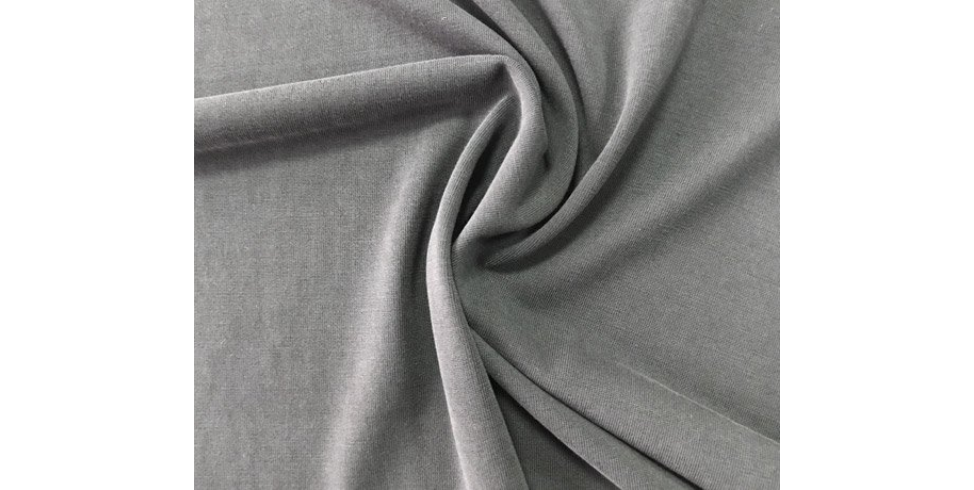What Is Modal Fabric?

What is Modal Fabric?
The Comprehensive Guide to Modal Fabric
Modal fabric is gaining popularity in the fashion industry due to its softness, breathability, and eco-friendly properties. Understanding what modal fabric is, how it's made, and its benefits can help you appreciate why this material is becoming a preferred choice for both designers and consumers. In this comprehensive guide, we'll explore the details about modal fabric, drawing insights from Sewport, Good On You, and MasterClass.
What is Modal Fabric?
Modal fabric is a semi-synthetic fabric made from beech tree pulp that is used primarily for clothing, such as underwear and pajamas, and household items, like bed sheets and towels. Modal is a form of rayon, another plant-based textile, though it is slightly more durable and flexible than the standard version. Modal is often blended with other fibers, like cotton and spandex for added strength. Modal is considered a luxurious textile thanks to both its soft feel and its high cost, as it is more expensive than either cotton or viscose. Unlike regular rayon, modal undergoes additional processing to enhance its strength and durability.

How is Modal Fabric Made?
Harvesting Beech Trees:
The process begins with sustainably harvesting beech trees, primarily from Europe. These trees are preferred because they can regenerate from their roots, making them a renewable resource.
Pulp Production:
The harvested wood is chipped and processed into pulp. This pulp is then purified to remove impurities and produce a high-quality cellulose solution.

Fiber Extrusion:
The cellulose solution is forced through spinnerets to form fibers. These fibers are then treated to improve their strength and flexibility, resulting in the smooth and durable modal fibers.
Weaving:
The fibers are spun into yarns and woven or knitted into fabric. The resulting modal fabric is soft, smooth, and has a luxurious feel.

Benefits of Modal Fabric
Softness and Comfort:
Modal fabric is renowned for its exceptional softness, making it a popular choice for clothing that is worn close to the skin, such as underwear and pajamas. Its smooth texture enhances comfort, making it ideal for everyday wear.
Breathability and Moisture-Wicking:
Modal is highly breathable and effective at wicking moisture away from the skin. This makes it an excellent fabric for activewear and other garments intended for high-performance activities.
Durability:
One of the standout features of modal is its strength. It is more durable than standard rayon and can withstand repeated washing and wearing without losing its shape or color.
Eco-Friendliness:
Modal is considered an environmentally friendly fabric. The production process uses less water and energy compared to other types of rayon. Additionally, beech trees require less land and pesticides, contributing to more sustainable production practices.
Ethical Considerations
According to Good On You, modal production can be eco-friendly if the sourcing and manufacturing processes are managed sustainably. Lenzing AG, a leading producer of modal, is known for its environmentally responsible production methods, including the use of closed-loop processes that recycle chemicals and water, reducing environmental impact.
Uses of Modal Fabric
Apparel:
Modal is widely used in making underwear, loungewear, and activewear due to its softness and breathability. It's also popular for making dresses, shirts, and other everyday garments.

Home Textiles:
Beyond clothing, modal is used in home textiles like bed sheets, pillowcases, and towels. Its ability to stay soft and maintain its color after many washes makes it a practical choice for home use.

Care Instructions for Modal Fabric
To maintain the quality of modal garments, it’s recommended to:
Machine Wash: Wash in cold water on a gentle cycle to prevent damage.
Avoid Bleach: Do not use bleach as it can break down the fibers.
Tumble Dry Low: Dry on a low heat setting or air dry to maintain fabric integrity.
Iron Low: If needed, iron on a low setting to smooth out any wrinkles.
Conclusion
Modal fabric stands out for its luxurious feel, durability, and environmental benefits. Whether used in clothing or home textiles, its unique properties make it a versatile and sustainable choice. By understanding its benefits and how to care for it, you can make the most of this remarkable fabric.

About FittDesign
FittDesign is a full-service design and production company specializing in the sportswear and activewear industry. We provide comprehensive solutions including innovative design, detailed technical packs, and high-quality manufacturing. Our expertise supports brands in creating functional and durable sportswear that meets the demands of a competitive market.
Ready to Bring Your Activewear Vision to Life?
Contact Us today and let’s get started on your project!
